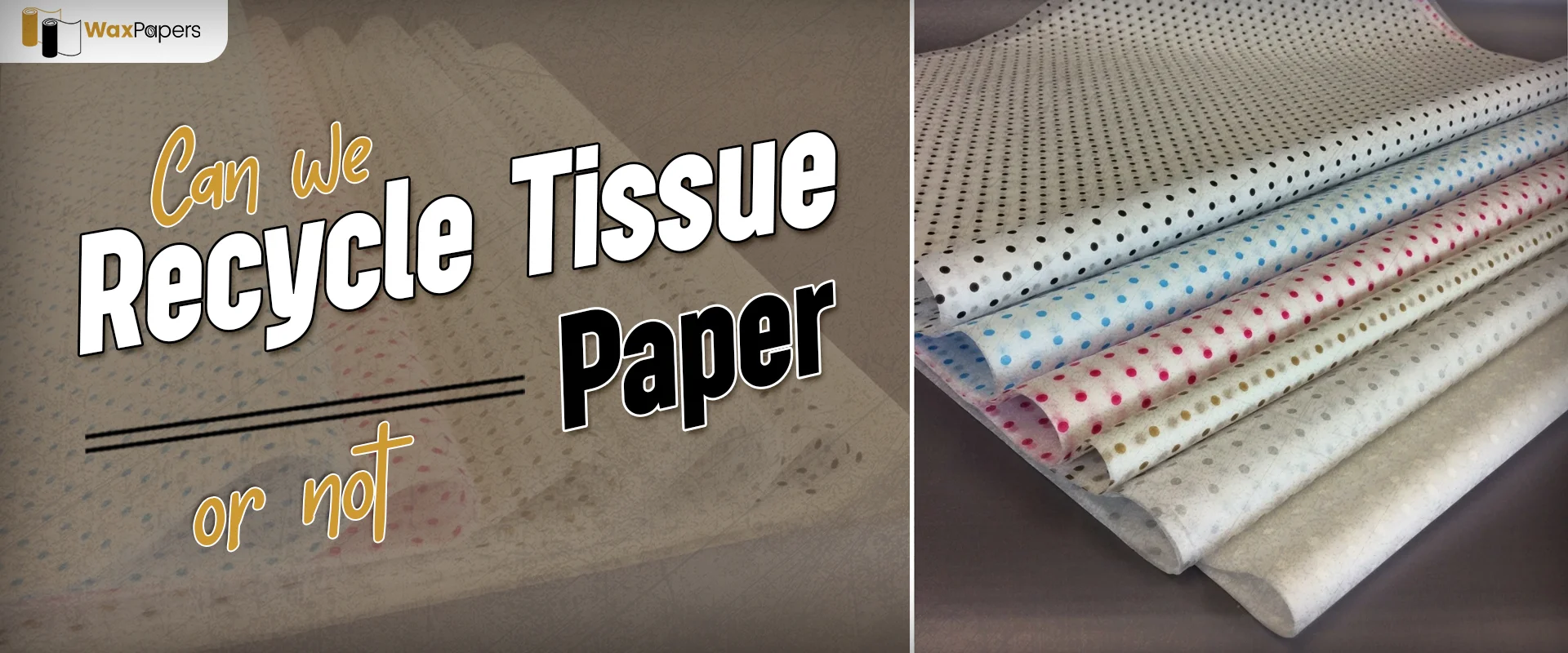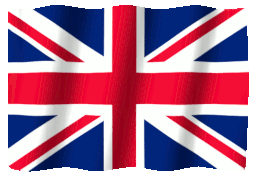
Can We Recycle Tissue Paper Or Not?
December 6, 2024 Explore Blogs
While a lot of things have become the companions of everyday living, the place that tissue paper holds is irreplaceable. This soft and thin paper has numerous hygiene, cleaning, packaging, and decorative uses. Invented thousands of years ago in China, who knew that this versatile paper would become an indispensable commodity for people. The use of tissue is not limited to whipping hands but is commonly used for cleaning surfaces, polishing mirrors, crafting, gift wrapping and filling boxes. However, just like this paper, one more thing is becoming regular in households which is an eco-friendly lifestyle. So being an eco-conscious consumer one must think “Is tissue paper recyclable or not?” This blog is all about breaking the answer for you in the most concise and clear words. So just keep reading and assuage your doubts about the recyclability of tissue sheets!
The Short Answer
The short answer to this question is “yes”, we can recycle tissue but it depends on various factors. Not all tissue paper sheets can be recycled such as facial paper towels, or toilet paper because they contain very short fibres that are difficult to recycle again. Moreover, the type of tissue, manufacturing process, composition as well and recycling facilities possible in your area have a great impact on the answer to the discussed question.
Tissue Paper Composition
Firstly, we must understand what components of custom tissue are made of and how they impact its recyclability. This lightweight paper has four main ingredients that are compulsory for the composition and then some chemicals and additives to make it a more polished item. Here is a short explanation of the components combined to make refined custom tissue paper:
- Wooden pulp: primary component accounting for about 70-80% of the composition
- Recycled fibre: recycled by post-consumer waste and accounts for 10-20% of its composition
- Bamboo: biodegradable material increasingly being used in production
- Cotton: typically used for premium tissue rolls, contributes to durability and absorbency
Above are the four main elements used in the production of tissue sheets but some brands make use of chemicals and additives given below:
- Softening agents
- Wet strength Resin
- Dyes and pigments
- Perfumes and fragrances
- Antimicrobial agents
The Biodegradability And Recyclability Difference
While some people may think that being biodegradable and recyclable are the same thing, there’s a difference you should know. Let’s compare this difference concerning personalized tissue paper:
| Feature | Biodegradability | Recyclability |
| Definition | Biodegradability involves breaking down materials naturally | recyclability is the mechanical process of converting materials into new products |
| Rate of breakdown | Fast because tissue biodegrades usually within weeks | Low due to thin, fibrous structure and contamination from use |
| Factors Affecting | Chemicals like bleach or dyes can slow down the biodegradable process. | Contaminants like food, oil and dirt make it unsuitable for standard recycling. |
| Environmental impact | Biodegrades into natural components causing minimal harm to the environment. | Can reduce waste if recycled precisely. |
| Disposal | Ideally, be composed if free from containment | Ends up in landfills due to its non-recyclable nature |
White Tissue Paper: Recyclable Or Not?
White tissue paper is the most commonly used paper and you must have seen it everywhere you go from the toilet to the gym, restaurants and home. This paper is thick thus providing maximum observant and stretchability properties.
The simple white paper is generally made from wooden pulp and has no bleach and dyes that’s what makes it easy to recycle in many cases. However, its thickness level and quality may affect the recycling process. One more thing to consider is if it’s not heavily soiled then one can surely put it in the recycling bin.
Printed Tissue Paper: Bad For Recycling?
As branding is becoming as important as the product itself, tissue sheets also come with printed company logos, images or text. So, printing also has an impact on its recyclability depending on the inks or dye being used. If water or soy-based are used in the printing process then it makes it suitable for recycling. However, oil-based inks that contain heavy metals will make printed custom tissue paper non-recyclable.
Gift Tissue Paper: Recyclable?
Another versatile use of tissue is wrapping or decorating gift material. But the concern remains the same here whether this waxed paper can be recycled or not. Generally, the paper used for gifts is thinner than other ones and many contain glitter, metallic or plastic coating. However, if you are using uncoated and plain gift tissue paper, then it can be recycled easily just like other ones.
Brown Tissue Paper: Naturally Better For Recycling?
The most preferred choice for eco-conscious consumers, brown tissue rolls are the most natural and least processed form. This type of paper is neither printed nor bleached and does not undergo any harsh chemical processes that make it acceptable for recycling. However, if it contains stains or contaminants then brown tissue paper will become inadequate for the recycling process. Brown tissue resembles Kraft paper which is the same in colour, is made from wooden pulp and has many of the same uses.
Key Factors Affecting Recyclability
While some tissues can be recycled easily, some factors influence the whole process. The recycling process is not easy and affected by the following factors:
Contamination
Contamination makes recycling difficult because it can slow down sorting facilities and destroy other materials involved in the process. If the paper is soiled with food and oil then it can make the load unacceptable to recycle.
Thickness
Delicate tissue papers are difficult for machines to process while the thicker ones can be recycled easily. As this paper is already made from recycled fibres, recycling it again and again is complicated. Generally, the thickness ranges from 10 to 40 GSM which can help you evaluate the recycling procedure.
Additives and Inks
The types of additives and inks used have a great impact. It usually depends on whether the inks or additives used are eco-friendly or not as water or soy-based inks can easily tolerate the recycling process as compared to metallic, plastic or glittery finishes.
Production Process
The production process of tissue influences the recycling process as the paper is made from recycled fibres and also environment-friendly manufacturing can bear recycling processes more efficiently as compared to other ones.
Certifications And Labels
It is important to read all the instructions mentioned on the product packaging before recycling it. Try to use papers that have certifications like FSC or SDG that ensure the careful and natural manufacturing process.
Benefits Of Recycling Tissue Papers
We must follow environmentally friendly practices keeping in mind the current alarming state of the world. Recycling tissue not only offers environmental but economic benefits as well. When a lot of recycled paper options like deli paper sheets are available it’s better to choose them over others being a socially responsible citizen. Some benefits of recycling tissues are given below:
- Conservation of natural resources
- Reduction of greenhouse emissions
- Protection of biodiversity
- Reduced waste
- Cost saving
- Increased efficiency
- Stimulating economic growth
- Improving public health
- Supporting community development
- Encouraging environmental stewardship
- Enhanced brand reputation
- Compliance with regulation
- Contribution to a sustainable future
Conclusion
Recycling tissue sheets is a significant practice that not only benefits the environment but the economy and society as a whole. Make sure to look at the type of paper, its composition and the facilities available in your area. Also, it’s necessary to get these paper from a firm that has an approved manufacturing system like Waxpapers. We provide high-quality custom tissue paper Canada with numerous customization options. Just pick the right one and help preserve the natural world!


